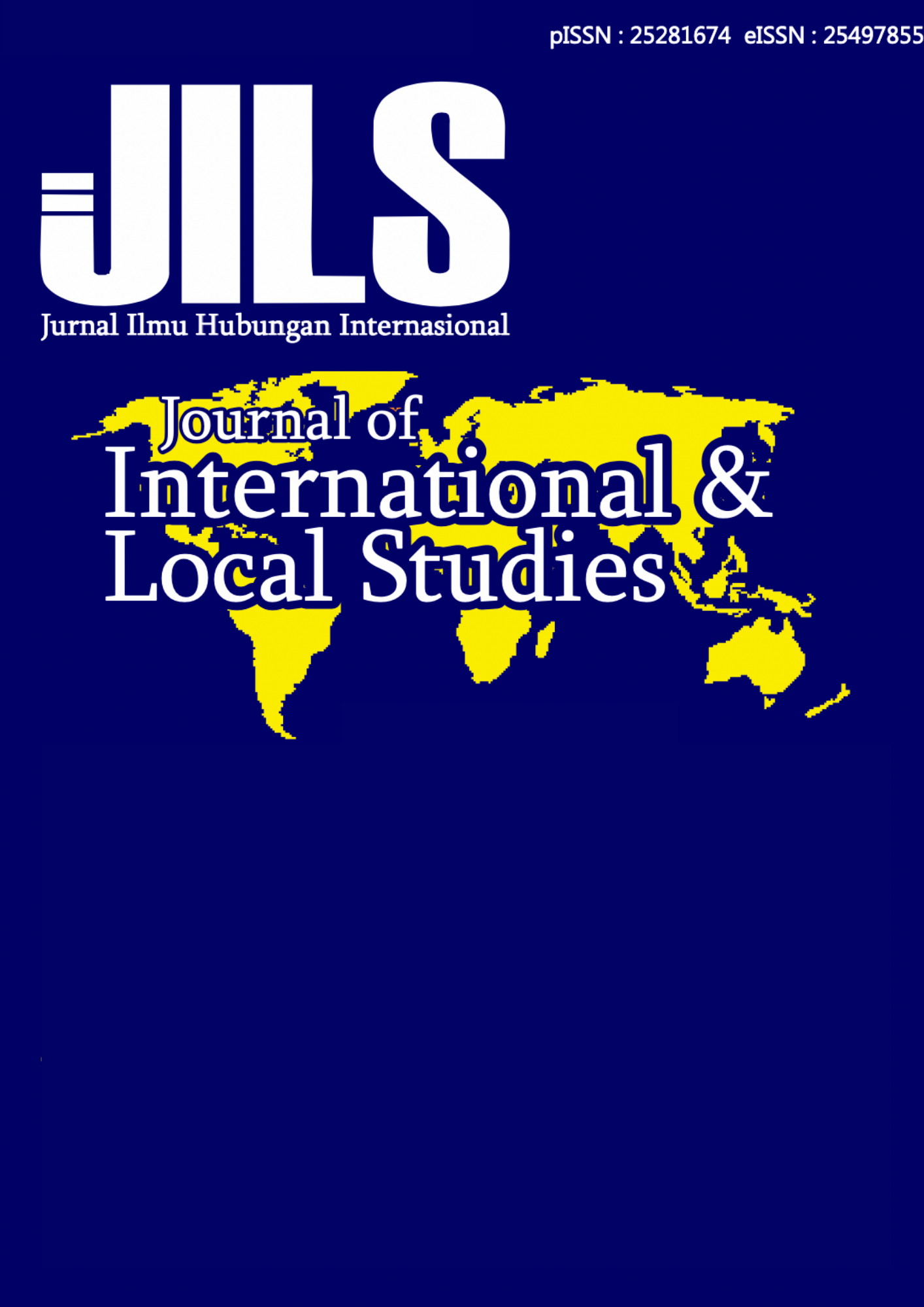The Humanity Aspect of Art and Creative Process in The Midst of Industry Era 4.0 Towards The Era of Society 5.0
DOI:
https://doi.org/10.56326/jils.v8i2.4509Keywords:
art, creative process, technology, ai, ethicsAbstract
In the era of advanced technology where Artificial Intelligence (AI) is developing so rapidly and has become an integral part of human life, its existence has many influences on how humans live their lives. The speed and convenience offered by AI comes with negative impacts such as degradation of humans' main potential (creation, taste and intention). This is possible when AI is not controlled scientifically and ethically. When civilization from the industrial era 4.0 moves towards the era of society 5.0, AI technology becomes a necessity. Changes in this era also have implications for humans in interpreting art and the creative process. It is very important to step back and review the ethical aspects of technology so that AI, which is ideally intended to help humans do better work, can be implemented wisely.
References
Aaisyah, S. (2022). Adi Ophir'in Ahlak Felsefesinde Kotuluk Sistemi, Turkey, Ankara University. Council of Higher Education, Thesis Center.
Bednarik, R. G. (1998, April). The First Stirrings of Creations. Primeval Art: Rock Painting and Engraving, pp. 4-9.
Benjamin, W. (2001). The Work of Art in the Age of Mechanical Reproduction. In Continental Aesthetics Romanticism to Postmodernism: An Anthology. Oxford: Blackwell Publishers.
Haron, N. H., Mahmood, R., Amin, N. M., Ahmad, A., & Jantan, S. R. (2024). An Artificial Intelligence Approach to Monitor and Predict Student Academic Performance. Journal of Advanced Research in Applied Sciences and Engineering Technology, 44(1), 105-119. doi:https://doi.org/10.37934/araset.44.1.105119
Marx, K., & Engels, F. (1986). Marx & Engels Collected Works (Vol. 28). London: Lawrence & Wishart.
Merton, R. K. (1968). Social Structure and Anomie. New York: American Sociological Review.
Suryajaya, M. (2016). Sejarah Estetika: Era Klasik sampai Kontemporer. Yogyakarta: Gang Kabel & Indie Book Corner.
Syahrizal, S., Yasmi, F., & Mary, T. (2024). AI-Enhanced Teaching Materials for Education: A Shift Towards Digitalization. International Journal of Religion, 5(1), 203-217.
Syahrizal S., Yasmi, Fifi., Mary, Thomson.: AI-Enhanced Teaching Materials for Education: A Shift Towards Digitalization, https://doi.org/10.61707/j6sa1w36
Vundela, S. R., & M, K. (2024). Virtual Reality Technology and Artificial Intelligence for Television and Film Animation. Journal of Advanced Research in Applied Sciences and Engineering Technology, 43(1), 263-273. doi:https://doi.org/10.37934/araset.43.1.263273
Downloads
Published
How to Cite
Issue
Section
License
Copyright (c) 2024 Sitti Aaisyah, Oktoriani Duala

This work is licensed under a Creative Commons Attribution 4.0 International License.


